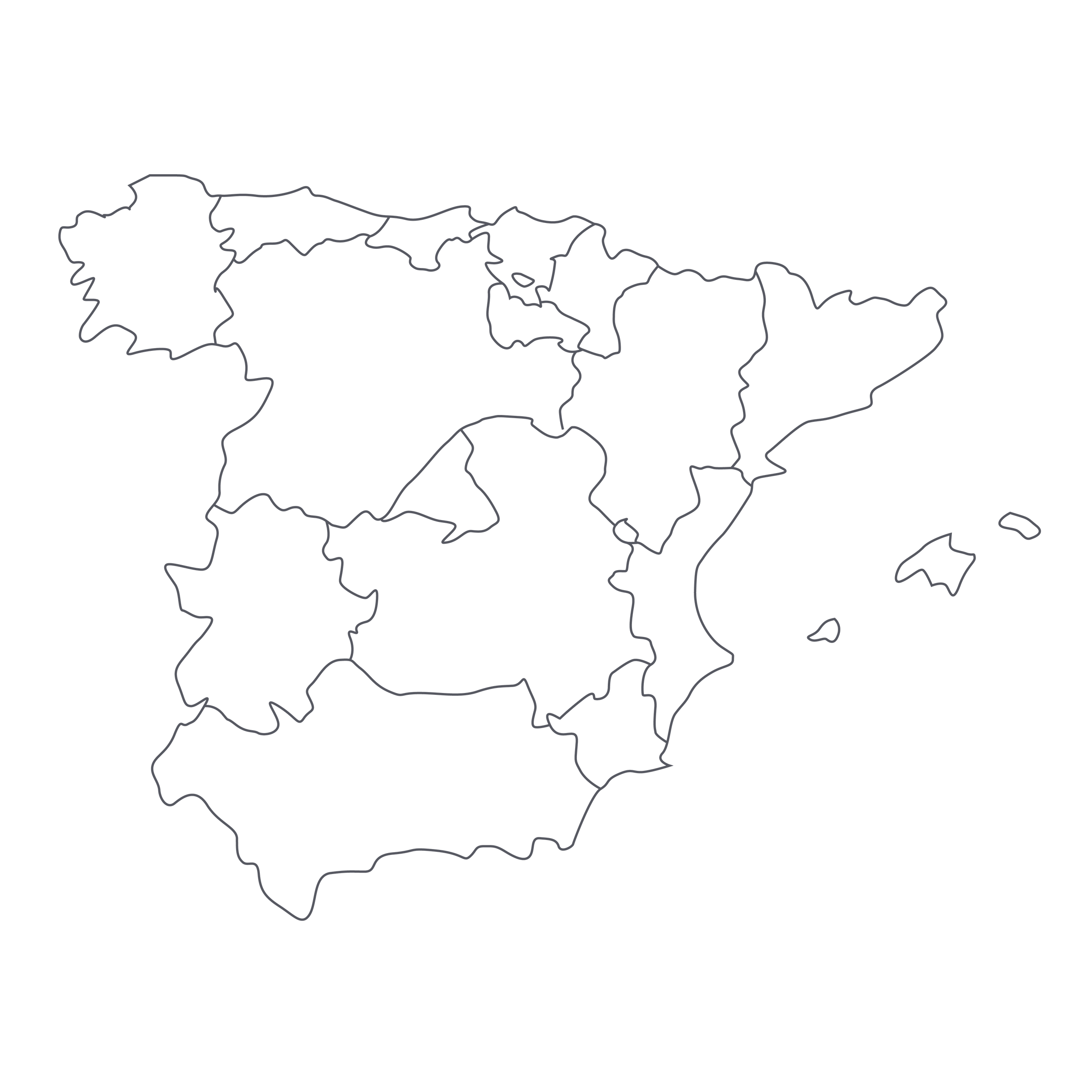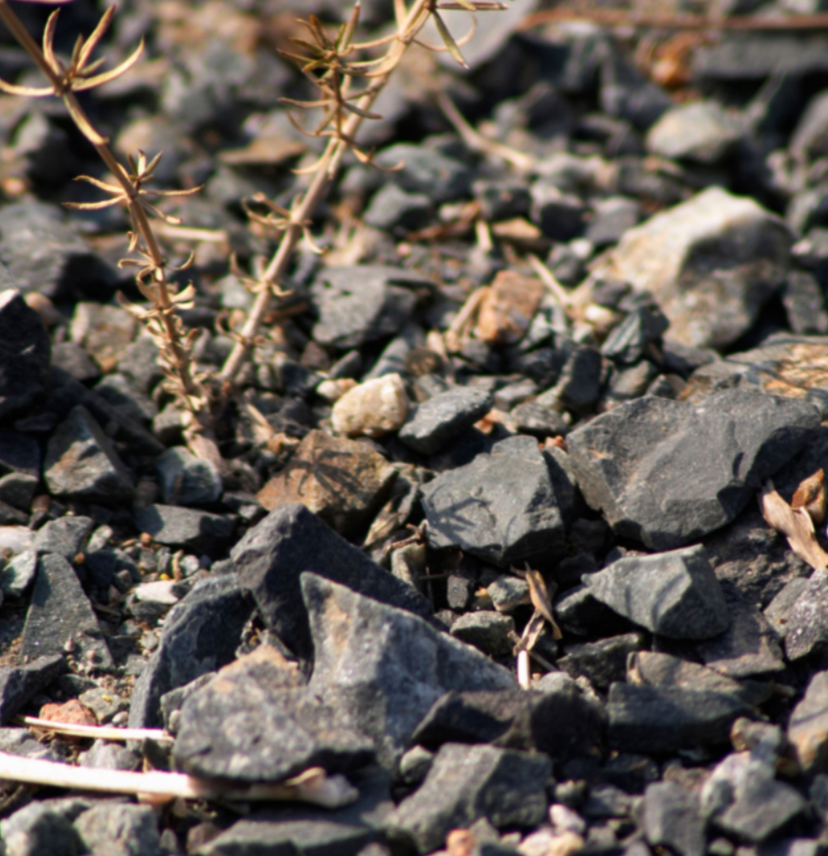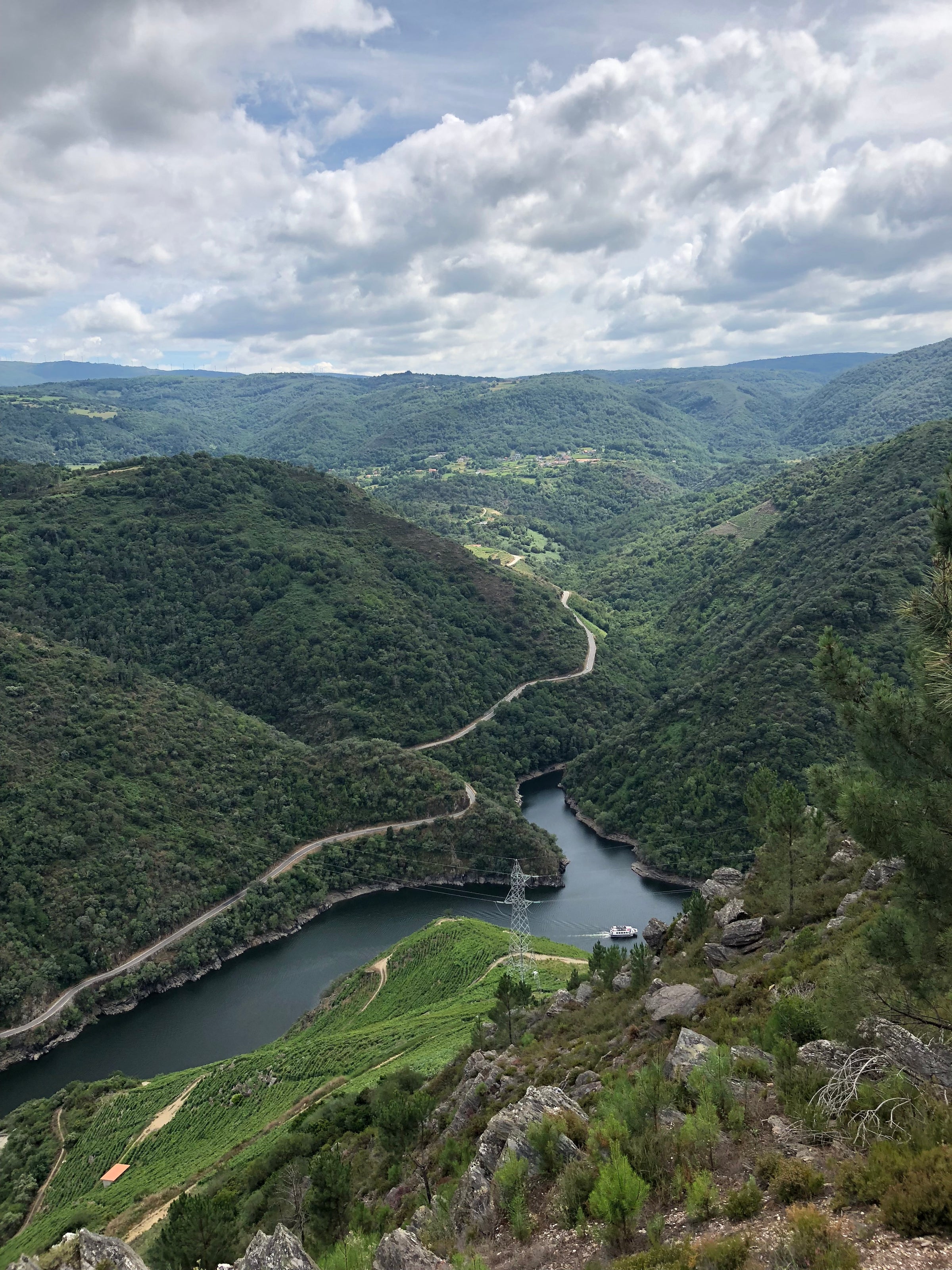I'm no longer alone in my love affair with Spain’s Galicia region. Sommeliers everywhere are obsessing over how these wines pair with countless dishes; wine geeks are raving about their remarkable value; and I have guests in my restaurant,
Bellota in San Francisco, name-checking the Mencía grape when perusing our wine list.
There’s no doubt that Galicia, and Mencía, have arrived: This mountainous region of northwestern Spain is hardly my little secret anymore. I still find it hard, however, not to be romantic about it. Galicia is full of old men selling
pulpo on street corners, women digging for cockles and clams at the wee hours of the morning, and hikers of every shape and size trekking the Camino de Santiago. And should you find yourself eating street octopus, downing clams, and strolling down this famed holy pilgrimage you might eventually find yourself in the village of Éntoma, enjoying a glass of today's bright, mineral Mencía in the terraced vineyards of Bodega Virxen de Galir. Speaking from experience, we should all be so lucky: Once you’ve seen where this wine comes from, it not only makes perfect sense stylistically but solidifies its position as one of the greatest-value red wines on earth. It brings me great pleasure to serve a red of such exceptional quality at such a reasonable price, and it’s precisely the kind of wine my colleagues and I look for when we’re ‘off duty’ and drinking on our own dime. If you haven’t already added Mencía to your list, today’s $22 beauty should do the trick.
The winemakers at Virxen de Galir undertake what most small farmers are accustomed to in the northwestern reaches of Spain. They revive and plant indigenous varieties, they scale incredibly steep vineyards (30% grade) to hand-harvest vines, and they spend months agonizing over weather and rainfall in this oceanic climate. Virxen de Galir sits in Valdeorras, the furthest inland of Galicia’s assorted wine appellations and probably the first of them to have vineyards. The name translates to “Valley of Gold,” which is apt since the Romans mined the region before it became one of their many winemaking outposts. Bodega Virxen de Galir was founded in 2002, in the valley of the Galir River directly on the path of the Camino de Santiago. Vineyards here are mostly in decomposed slate and schist on terraces that line the windy river. They reach up to 600 meters in altitude and seemingly roll on for miles.
The vines here were nearly lost, deteriorating like much of this region only a handful of years ago. Virxen de Galir has revitalized and planted them to Godello and Mencía, resulting in genuinely complex wines. Their rise to prominence has been so meteoric, in fact, that the legendary Riojan wine firm CVNE took notice and purchased the property. Major capital improvements at the winery ensued, only serving to enhance the already incredible value-for-dollar these wines offer.
Today’s 100% Mencía red, “Pagos de Galir,” is produced from a selection of grapes from the Soutiño Novo and Valdemioto vineyards in Éntoma. Grapes are hand-harvested, fermented on native yeasts, and aged for eight months in a combination of French and American oak. In the glass, the wine has a dark ruby hue, almost purple, with aromas of wild red berries, black plums, violets, wild herbs, crushed rocks, and a balsamic note so quintessential to
Gallego (Galician) wines. The acidity is bright, tannins are soft, and the wine audibly begs for a salty, savory
tapa of Pulpo Gallego. “Serious Eats” breaks down the recipe for this delicious dish in the link attached, but really, if you love food and wine, Galicia needs to be your next stop in Spain. Enjoy!
— Erin Rickenbacker, Wine Director, Bellota SF





